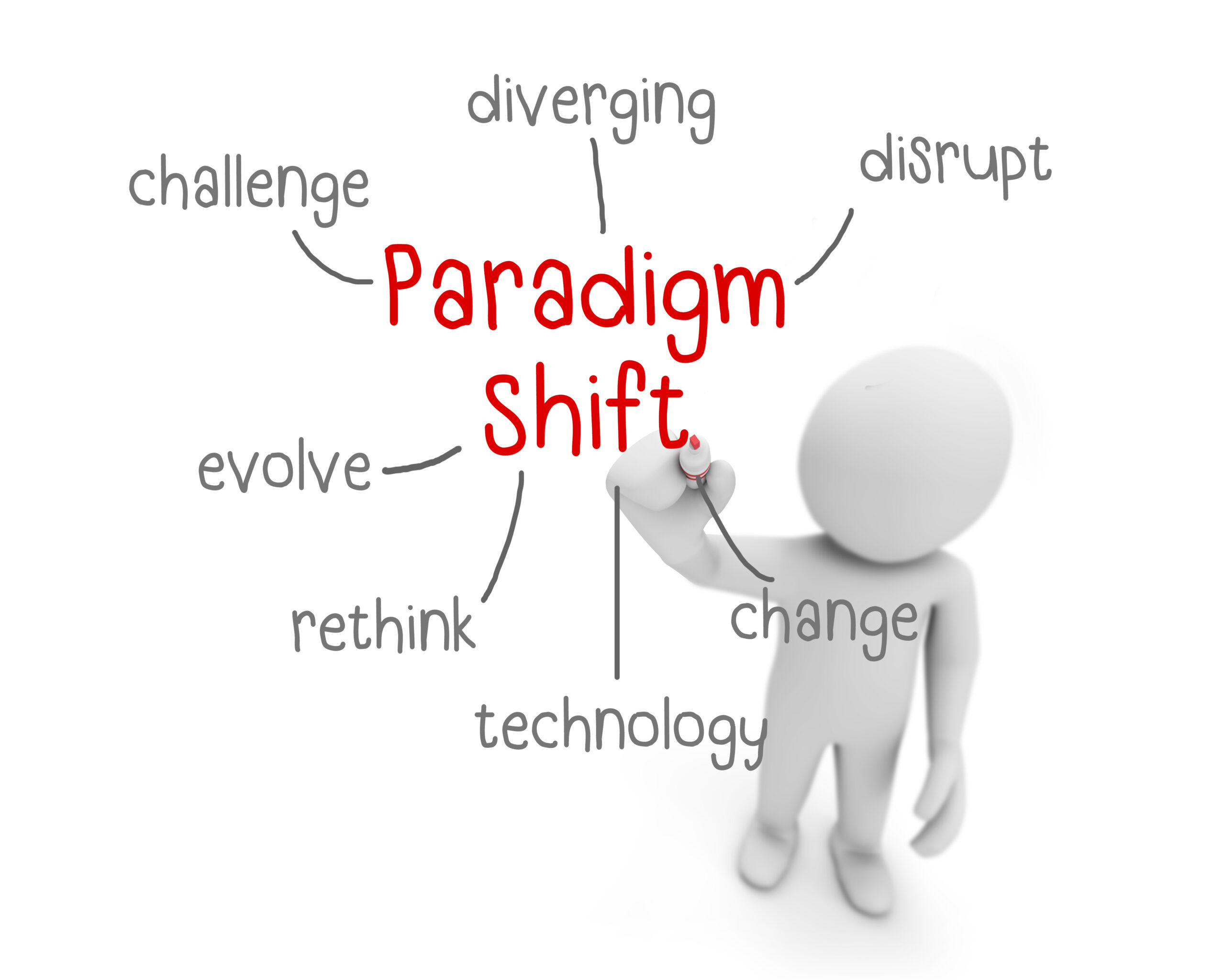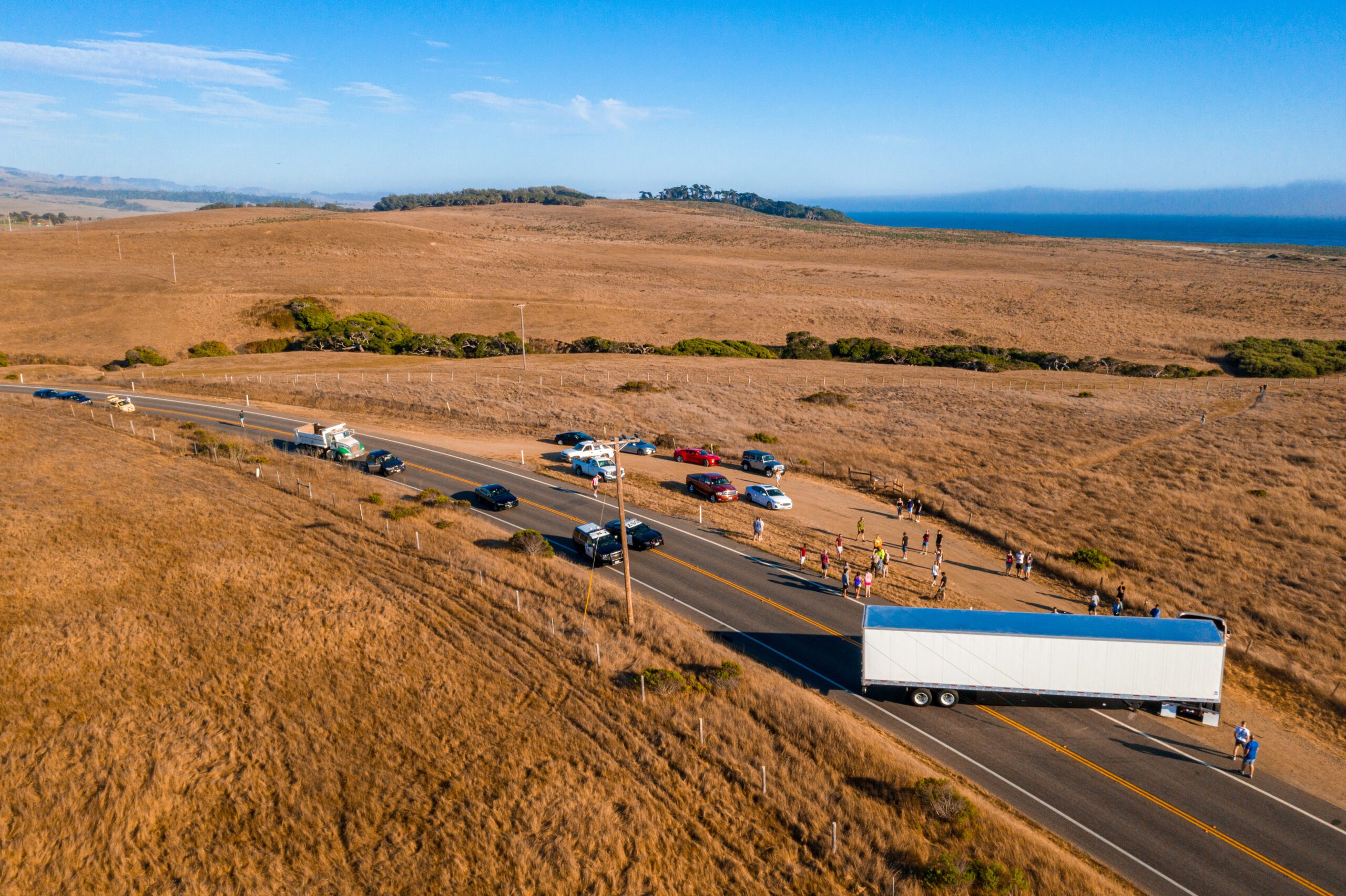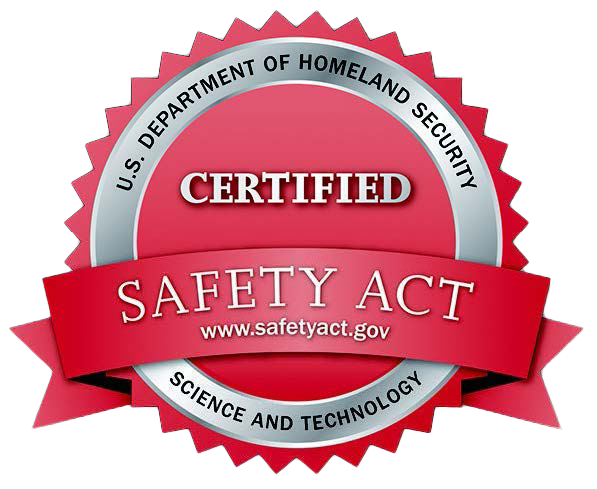Gap Analysis – The Insanity
Breaking the Paradigm
By Mark Anderko
Have you ever taken a moment to reflect and critically look at programs and projects from a global perspective? If you have, then you have engaged in a review and assessment process of how people, policy and technology come together to deliver a desired outcome. Agencies perform this function to identify the effectiveness of their plans. It also help to identify challenges, called gaps, in their processes. This activity is known as Gap Analysis.
Gap Analysis Defined
A gap analysis is a method of assessing differences in performance to determine whether needs are being met. If they are not, then steps can be taken to ensure they are met successfully. The word gap refers to the space between “where we are” (the present state) and “where we want to be” (the target state). A gap analysis may also be referred to as a need’s analysis, a needs assessment or a need-gap analysis.
The gap analysis points to adjustments, corrections in response actions, and behaviors to fill those gaps or challenges. In this way, we have a desired outcome that mitigates or reduces risk to the program or project. But here is the question: Why, in the operational environment, do we continue to struggle with same issues (for instance, interoperable communications), event after event after event, even though we are challenged to change? The thought of this drives me to the word of Insanity.
The definition of insanity is doing the same thing over and over but expecting different results.
The problem has been identified. There is a solution. But we remain myopic when it comes to interoperable communications. Agencies still consider that being interoperable pertains only to voice. What about video? And data? Leaders must understand how these abilities weave into the learning model and how people process information to make more informed decisions. To be considered fully interoperable, agencies must consider the technology tools used in the operational environment to gain situational awareness (SA) and form a Common Operating Picture (COP). When we do this, we address two gap areas:
- Command and Control
- The ability to digest and respond to information that enhances agency abilities and / or reduces an event’s life from onset to resolution.
The agency must then consider all the external partners that may participate in the response plan. They must ask the question, “How do we scale to share information with and amongst agency partners?”. Once all that is accomplished, make it operational.
Operational: To make for use, relating to the routine functioning and activities of the organization.
As Susan Powter said, “Stop the Insanity”. Agencies must look at their plans and how they translate into activities. If your agency’s after-action reports and or hot washes still have interoperable communications as a gap, adopt the saying: “If it is not broken, break it”. And lead that organizational paradigm shift in interoperable communications from what it was to what it should be.
_____________________
Mark Anderko is a retired Deputy Chief of Police from New Jersey. He has 28 years of experience in Law Enforcement and Emergency Management. In addition, Mark Anderko served as an adjunct instructor for undergraduate and graduate-level courses in Police Science and Emergency and Disaster Management. Mark is the Sr. Director of Program Operations at Mutualink.
Mutualink strengthens communities and relationships by enabling seamless operational communications. Mutualink’s hardware and software provides consistent, high quality interoperability. The company connects radio, phone, video, text and data among hundreds of customers on our network. Our solution grew out of needs identified after the 9/11 terrorist attacks, when FEMA presented the National Incident Management System (NIMS) for all hazards response.





